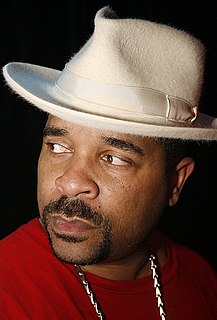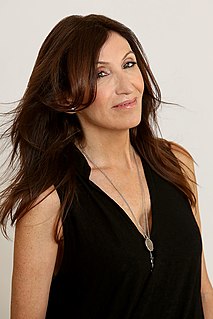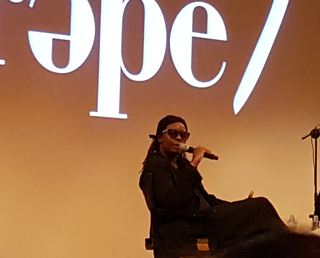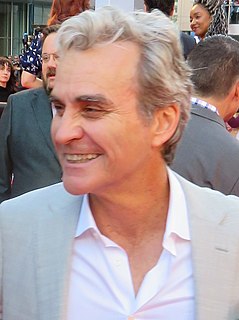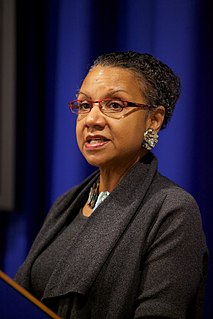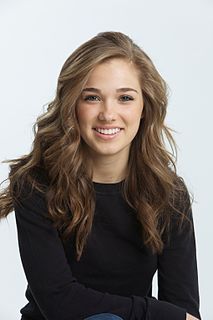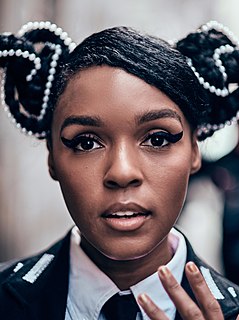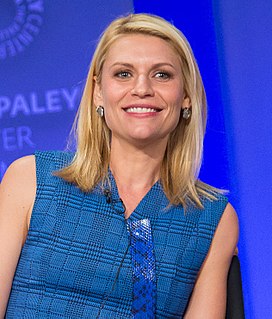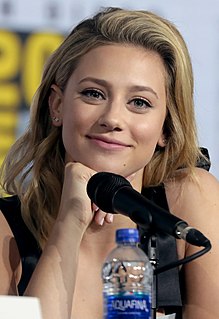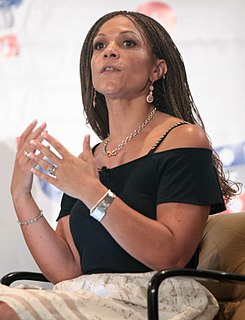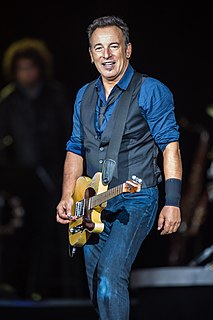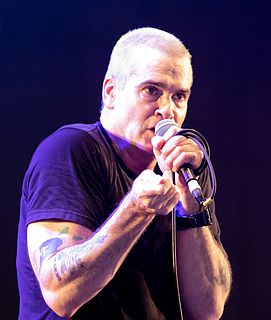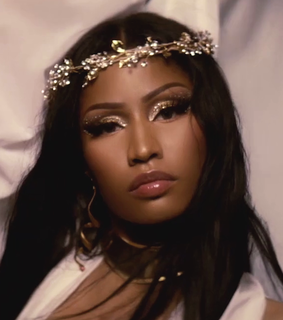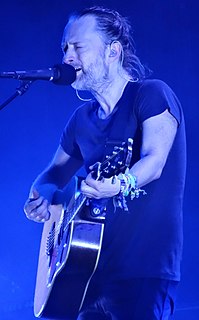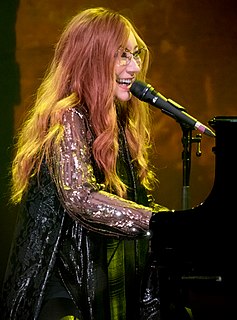A Quote by Sir Mix-a-Lot
Pop culture says that if a black girl is to be taken seriously, she has to assimilate and be as white as possible, to the point of bleaching her hair blonde.
Related Quotes
At first we raced through space, like shadows and light; her rants, my raves; her dark hair, my blonde; black dresses, white. She's a purple-black African-violet-dark butterfly and I a white moth. We were two wild ponies, Dawn and Midnight, the wind electrifying our manes and our hooves quaking the city; we were photo negatives of each other, together making the perfect image of a girl.
My mother was not a country girl. She was a Brooklyn girl, born and raised in Flatbush, and then a Long Island girl, who liked shopping, 'a little glitter' in her clothes, and keeping secret the actual color of her hair, which from the day I was born to the day she died, was the 'platinum blonde' of Jean Harlow's.
To her credit, Madam Walker discerned that black women wanted to conform to white Victorian models of beauty. She was aware of the double- sidedness of her products - helping black women appear more European in look, with straight hair - but she always maintained that she was simply selling products that promoted hair growth.
All hair is away from the face - there's no emotion and all of the personality is taken away. I envisioned the way a 'virtual girl' is drawn in a cartoon. Then I added these different colored extensions - white, red and black, which adds to the synthetic feeling of the hair. I used colors which looked most dramatic against each of the models' real hair. The different colors give you that pop of fakeness so we're not talking about reality. Like a futuristic princess.
Being the only female in what was basically a boys’ club must have been difficult for her. Miraculously, she didn’t compensate by becoming hard or quarrelsome. She was still a girl, a slight lovely girl who lay in bed and ate chocolates, a girl whose hair smelled like hyacinth and whose scarves fluttered jauntily in the breeze. But strange and marvelous as she was, a wisp of silk in a forest of black wool, she was not the fragile creature one would have her seem.
Rachel Dolezal stepped down from her position as president of an NAACP chapter after it was revealed that she was a white woman pretending to be black. Now her brother says he knew about it but she asked him not to blow her cover. Unfortunately, her cover had already been blown by God when he made her a blond-haired, blue-eyed white lady.
But her name was Esmé. She was a girl with long, long, red, red hair. Her mother braided it. The flower shop boy stood behind her and held it in his hand. Her mother cut it off and hung it from a chandelier. She was Queen. Mazishta. Her hair was black and her handmaidens dressed it with pearls and silver pins. Her flesh was golden like the desert. Her flesh was pale like cream. Her eyes were blue. Brown.
I have a great body, I really do. But I want to be taken seriously as an artist, and wearing anything that shows it off will be a distraction from the music. That's how my signature uniform, my tuxedo, came about. It's classic and timeless. You'll see me in black, white, and a pop of color on my lips. That pop adds a little magic.
I did not disregard my culture, if I did, it was the white American culture, and I accepted my true culture, when I accepted Mohammed Ali, because this is a black name, Islam is the black man's religion, and so I would like to say, that I would like to clarify that point that I reclaimed my real culture, and that's being a black man and wearing a black name with a black body, and not a white name, so I would never say that I didn't disown my culture.
Our Betty Cooper is still the girl next door - she literally lives next to Archie. And she's the blonde all-American girl; she's so sweet and forgiving, gives people the benefit of the doubt and second chances, wears her heart on her sleeve. But she's also incredibly broken on the inside, for many different reasons.
I don't think that a white woman is in denial when she dyes her hair blonde. And I actually think we are the most varied in terms of the choices we make about our hair. Some of it may be political or psychological, but an awful lot of it is just aesthetic, how we like to view ourselves when we look in the mirror.
